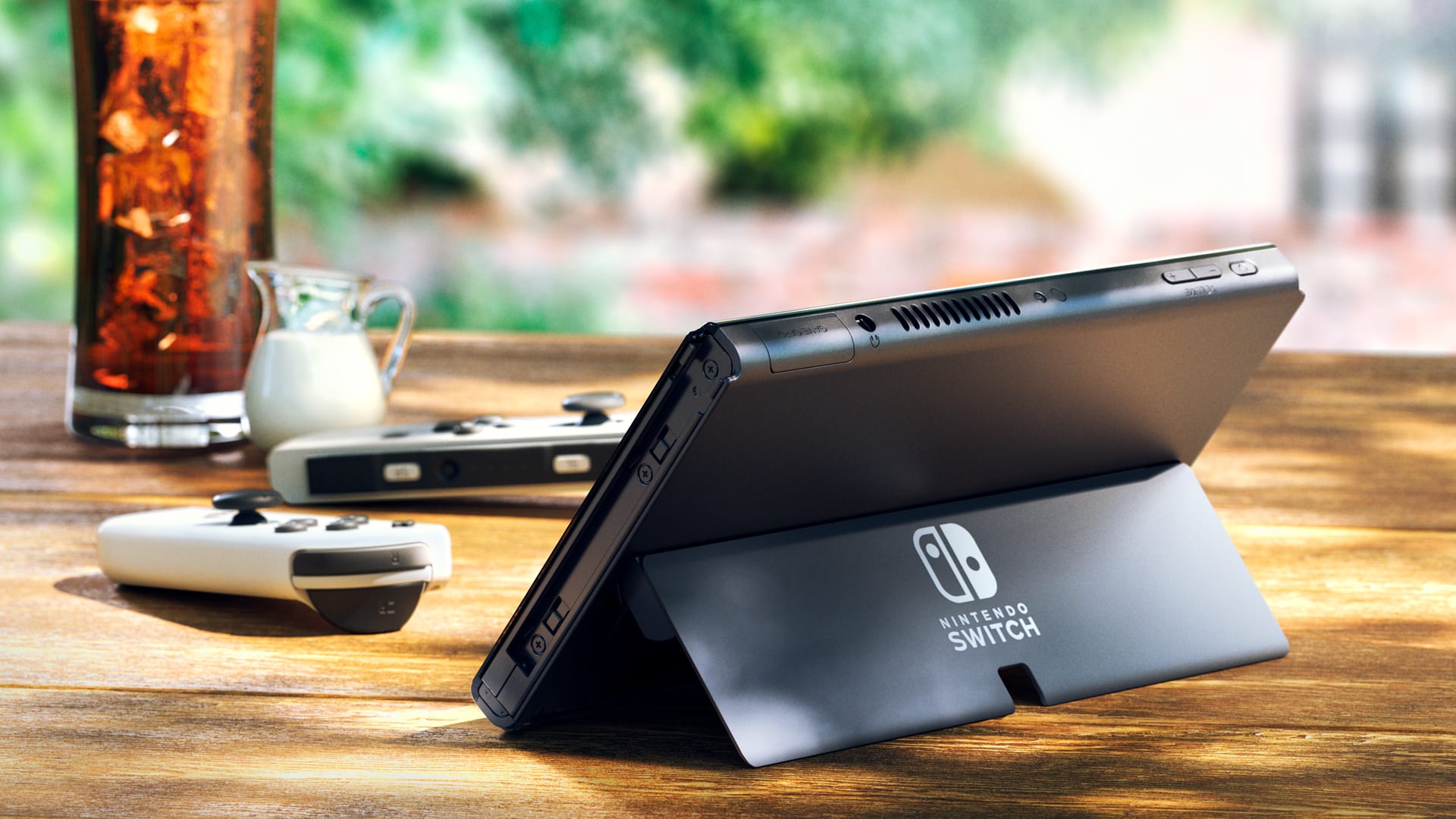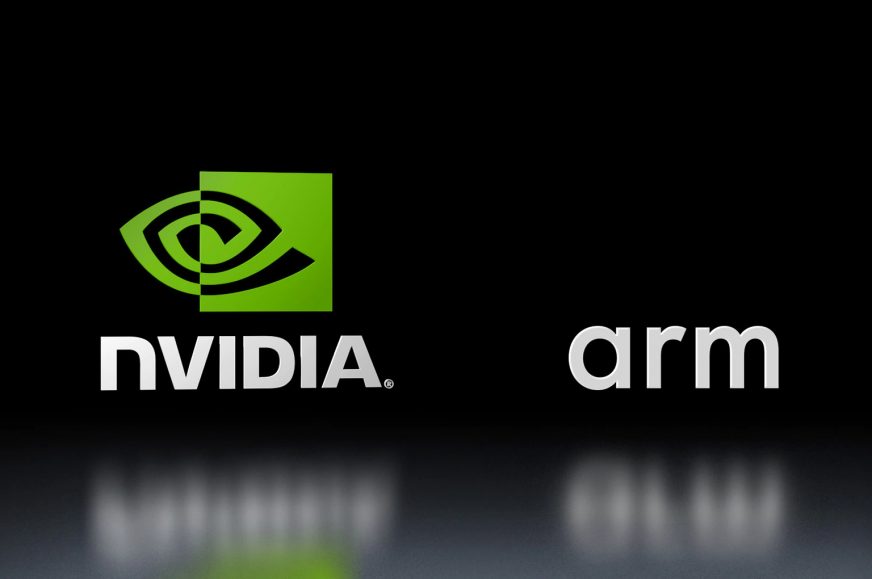First MediaTek SoC with Nvidia-licensed GPU is possibly just a year away
Android phones are dominated by Qualcomm, but it is closely followed by MediaTek, which has already achieved similarly significant market shares, but lacks a comparable positioning in the highend and flagship mobile phone segment. But it looks like MediaTek is preparing a move that could possibly shake things up. The Taiwanese manufacturer is said to have teamed up with Nvidia, and its mobile chips could feature GPUs with its architecture.
This news was reported by Taiwanese website DigiTimes. According to its sources, MediaTek will integrate GPUs licensed from Nvidia (or co-developed with Nvidia’s help in some manner) into its future mobile processors intended for “flagship” and similar high-end phones.
It could ¨be a similar play to Samsung’s equivalent Exynos ARM SoCs, which integrate a GPU with AMD’s RDNA 2 architecture (so far there has only been one such SoC released so far, the Exynos 2200). Unlike that case, the collaboration between MediaTek and Nvidia has never been publicly announced, but must have been running for quite some time, apparently. That’s because according to DigiTimes, the first resulting chip with a GPU from Nvidia could come to market as soon as early next year (2024).
If true, Nvidia could replace ARM-licensed GPUs in MediaTek chips as early as the next generation. Same as Samsung, MediaTek is probably hoping for improved graphics performance and also the advantage of exclusivity, where its chips will be able to offer something lacked by the standard ARM Mali mobile GPUs, also present in various Chinese SoCs, for example.
Interestingly, according to some reports, ARM wants to push its clients not to use GPUs and other blocks from different sources, when using ARM-licensed CPU cores (which sounds rather anticompetitive so it’s unknown if market watchdogs will permit such behaviour). After Samsung, it looks like MediaTek is now on a collision course with ARM’s scheming as well.

Not only mobile phones, but also laptops
Such MediaTek chips could have quite interesting applications beyond mobile phones. In fact, the GPUs, their drivers, and the ecosystem around them are one of the big challenges faced by attempts to build a personal computer with an ARM processor. If Nvidia would supply the necessary drivers, then a MediaTek ARM processor with an integrated GeForce (GoForce?) graphics could easily run Windows, including running all sorts of modern PC games.
According to DigiTimes, this is part of the plan – both companies will reportedly be looking to get into the “Windows On ARM” segment with these chips, i.e. Windows laptops based on ARM SoCs, which can only be built on Qualcomm’s Snapdragon chips as of now. While MediaTek is also active in laptop segment, the company’s marketshare is limited to Chromebook platform devices (which is based on Linux). But MediaTek should have a significant share in them, reportedly up to around 20%, which could provide an avenue for penetrating regular laptop market, if MediaTek devices were bundled with a full-fledged operating system and software ecosystem.
There is one other possibility, which is also mentioned in the DigiTimes report. Within the framework of this Nvidia partnership, MediaTek could develop a new SoC for Nintendo consoles. The Switch handheld now runs on Nvidia’s Tegra X1 chip, which is getting extremely outdated in terms of performance and technology. The original 2015 revision, for example, had bugs preventing the use of efficient cores, so the console only ever uses Cortex-A57 cores.

While Nvidia has unquestionably leading capabilities in GPU development, one would expect that MediaTek would be able to develop the rest of the entire SoC more competently, including all the other components and their integration with the integrated GPU block supplied by Nvidia. In particular, MediaTek’s expertise is likely more advanced when it comes to power efficiency and low-power optimization. If the next-gen Nintendo Switch had an SoC developed not by Nvidia themselves, but jointly by MediaTek and Nvidia instead, the console would probably have better battery life as a result. And perhaps higher performance too, since the chip could be more efficient within a particular power envelope.
However, it doesn’t have to be the Switch (or not only the Switch). Nvidia and MediaTek may be intent on breaking into other handheld consoles, and get design wins in devices competing with Valve’s Steam Deck, the upcoming Asus ROG Ally, or the numerous other handhelds already on the market (such as various devices from GPD).
Sources: VideoCardz, DigiTimes
English translation and edit by Jozef Dudáš
⠀








